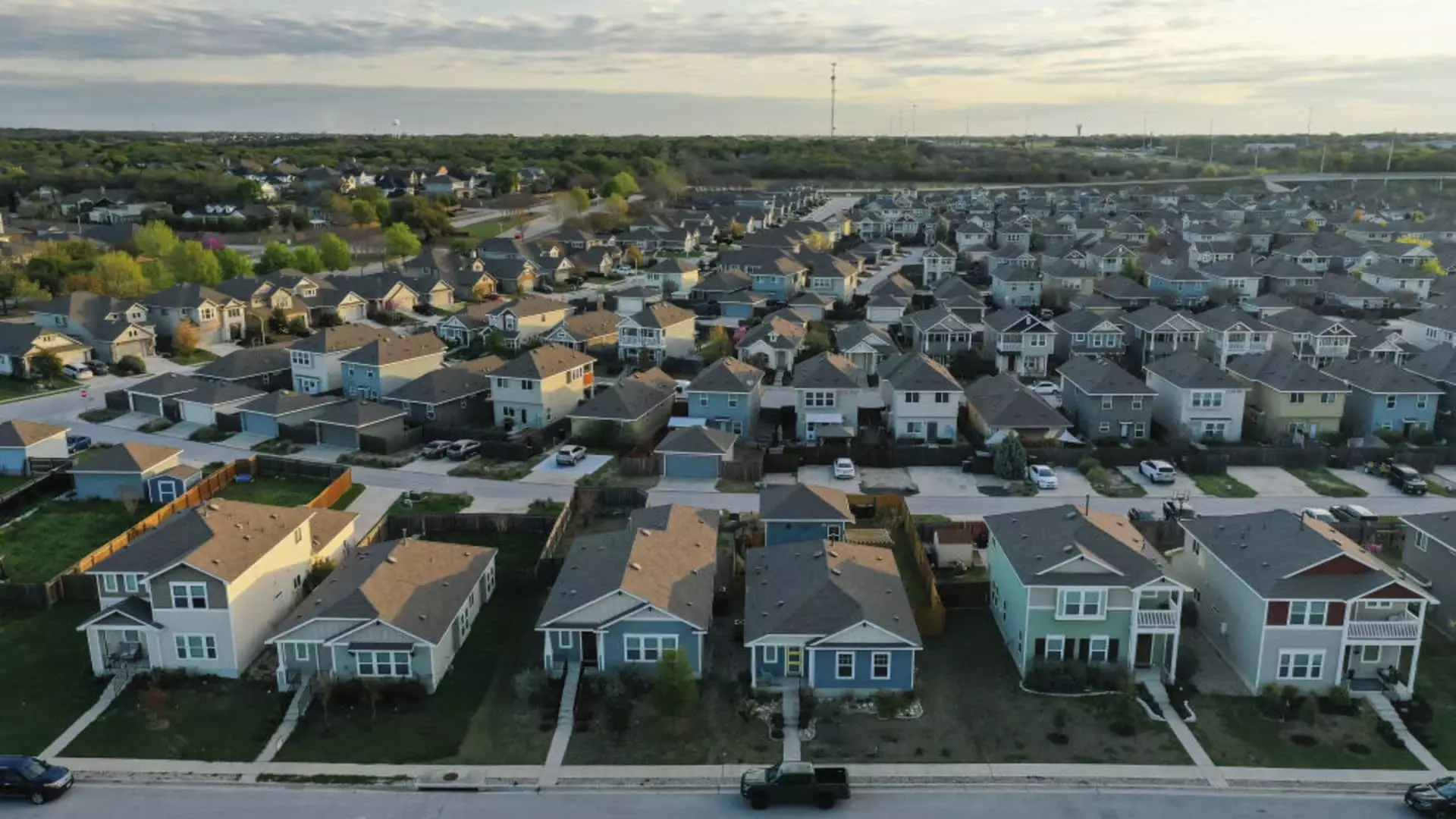In today’s housing market, potential home buyers are experiencing a significant shortage of available homes for sale, despite a slight increase in inventory. The supply of newly built homes seems to be disproportionately high compared to existing homes, which is a perplexing trend. Generally, a surplus of homes would lead to lower prices, but in this case, home prices continue to rise. This anomaly can be attributed to the unique dynamics of the current housing market, which can be traced back to events that unfolded two decades ago.
The housing market is currently facing challenges that are a direct result of the subprime mortgage boom that occurred over twenty years ago. The surge in subprime mortgage lending in 2005 fueled a rapid increase in home sales, homebuilding, and home prices. However, this unsustainable growth quickly collapsed, resulting in a severe foreclosure crisis and the Great Recession. The aftermath of these events led to a substantial decline in single-family housing starts, which took years to recover from. Despite efforts to revive the housing market, including record-low mortgage rates during the Covid-19 pandemic, the sector continues to face supply constraints.
One of the most striking developments in the current housing market is the growing disparity in supply between newly built homes and existing homes. While new home inventory has surged, existing home inventory remains relatively low. This disparity is largely due to fluctuating mortgage rates that have influenced the decisions of both buyers and sellers. The lock-in effect caused by borrowers refinancing at historically low rates has discouraged homeowners from putting their properties on the market, thereby limiting the availability of existing homes.
The Role of Builders in the Market
Builders have played a crucial role in shaping the current housing landscape by responding to shifts in consumer demand and mortgage rates. At the onset of the pandemic, housing starts rose significantly as buyers sought larger, more affordable homes to accommodate remote work arrangements. However, the subsequent increase in mortgage rates led to a decline in new construction activity. Despite this, builders have continued to adjust their strategies to meet evolving market conditions by offering incentives to maintain sales momentum.
One of the consequences of the supply-demand imbalance in the housing market is the persistence of high home prices. Even as inventory levels show signs of improvement, home prices remain elevated, particularly in regions with limited supply. The affordability of homes in the current market is a growing concern, with buyers increasingly seeking lower-priced properties due to rising mortgage rates. While some price growth is necessary to sustain new construction activity, there is a delicate balance between price appreciation and affordability that must be addressed.
The current housing market reflects a complex interplay of factors that have shaped supply, demand, and pricing dynamics. The legacy of the subprime mortgage boom, coupled with recent shifts in consumer behavior and economic conditions, has created a unique environment for buyers, sellers, and builders. As the market continues to evolve, stakeholders must adapt to changing conditions and seek solutions to address the challenges facing the housing sector.

